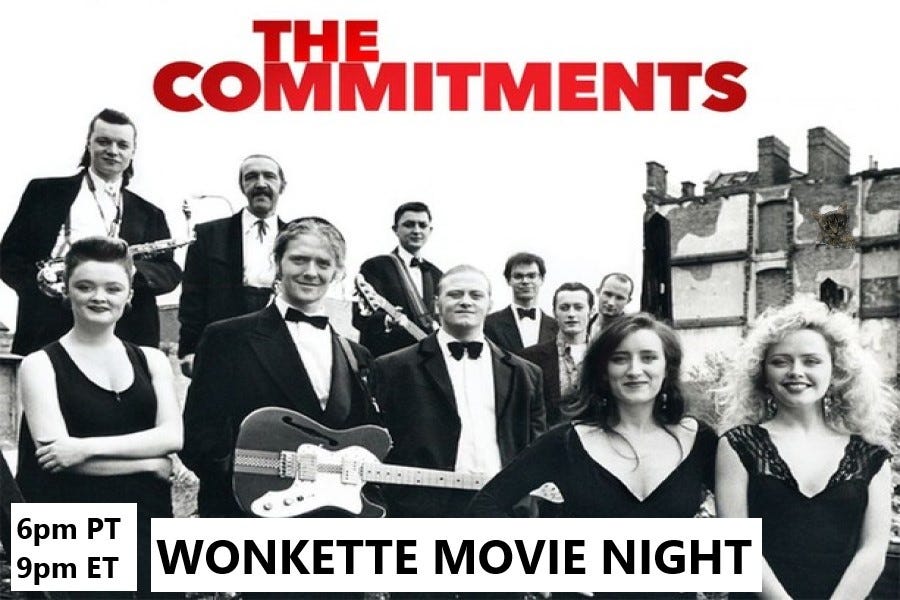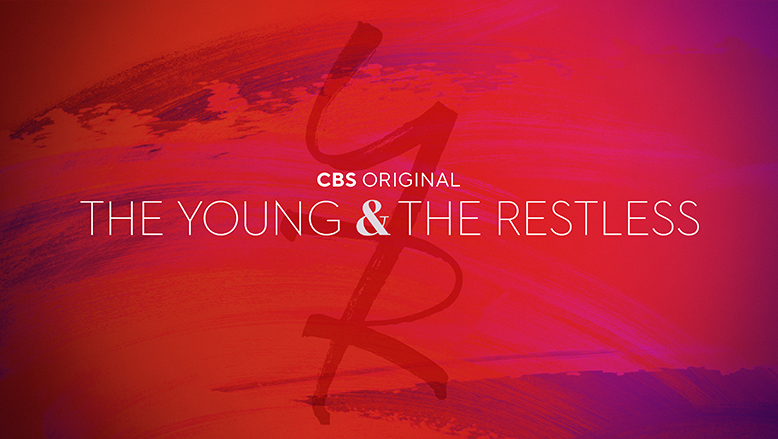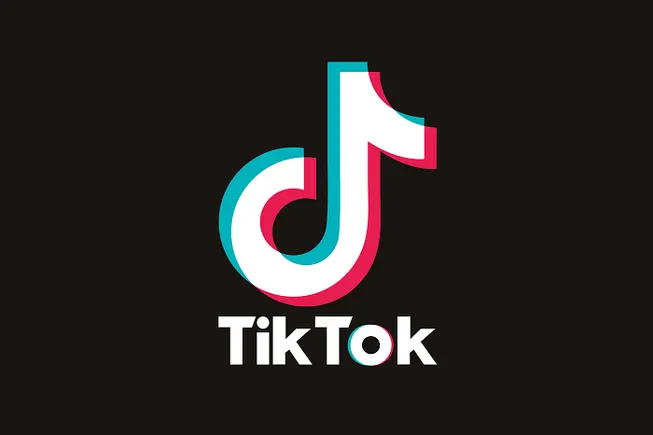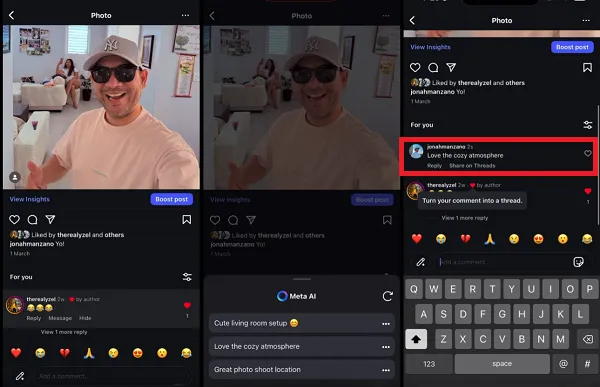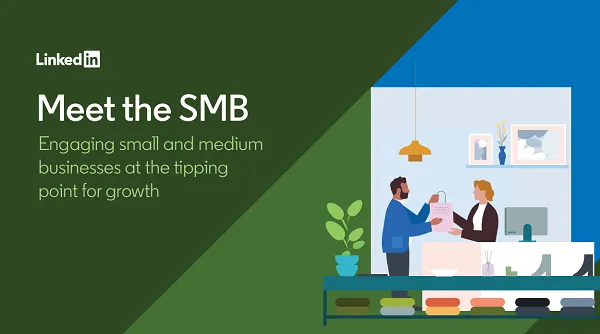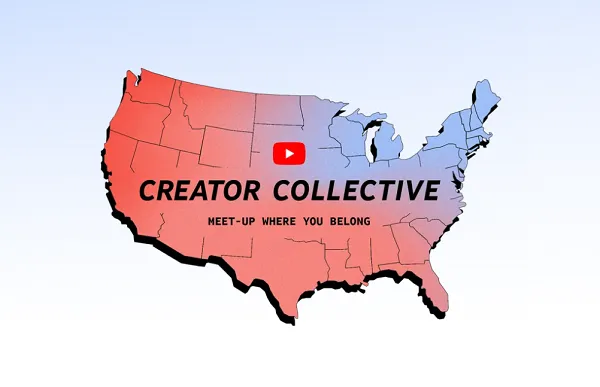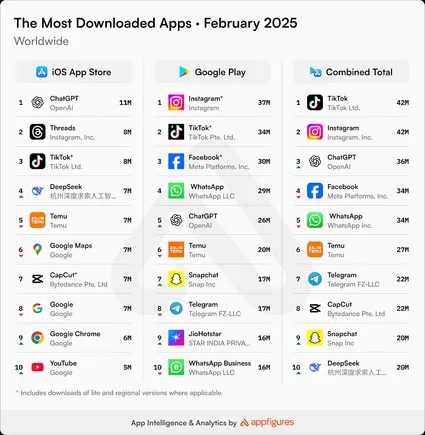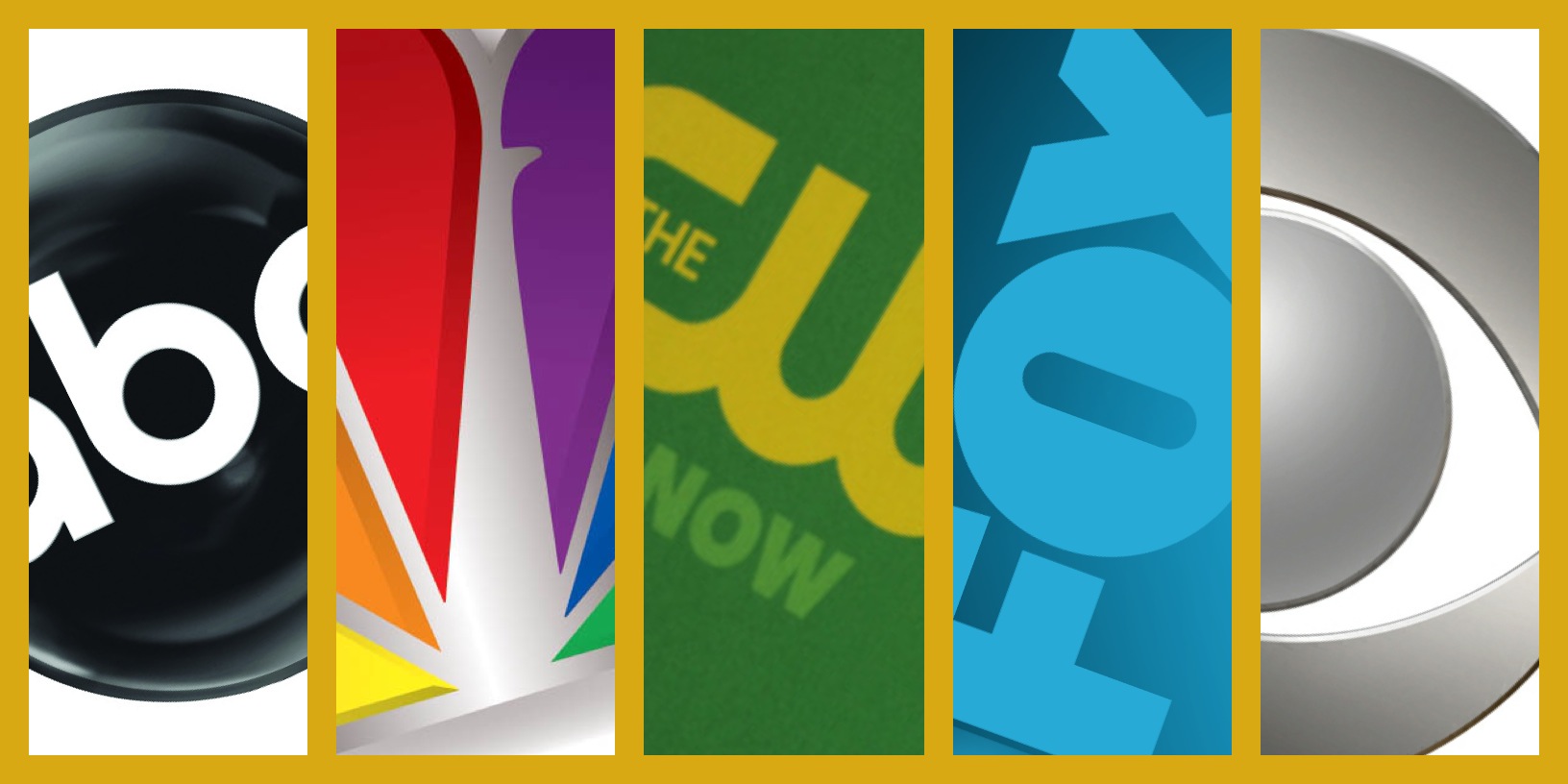Digital engagement is complex, and getting more so all the time. In 2023, Gartner’s Multichannel Marketing Survey indicated that marketers manage nine different channels on average. It went on to find that 80% of digital marketing leaders plan to add emerging channels in the coming year.
However, any CMO knows the true bulk of marketing work lies not just in channel management. It also lies in the amount of work that goes into generating content across channels, ensuring consistency and cohesiveness, targeting customers and tailoring content to them – everything encompassed in that old mantra, “The right message, to the right person, at the right time.”
That content, more than anything, needs to provide true value to the customer, or marketers risk having their content be lost in the shuffle as customers tune brands out because of the sheer noise they must deal with on a daily basis.
So what is a marketer to do? In the face of dwindling customer attention, most marketers turn to value. Marketers believe that if they offer more valuable digital content, their brands will get more attention and more engagement (a virtuous cycle), and more of the commercial outcomes digital is supposed to deliver. Things like more purchases, increased purchase frequency, and customer advocacy.
Gartner research has found that 73% of customers who recall a recent digital interaction say it was valuable. But there’s a catch: only about 5% of consumers, and 25% of B2B buyers, actually remember any of the recent digital interactions they’ve had with brands they were considering. And worse — even if your customers remember and value their digital experiences with you, those experiences probably aren’t generating business value. Sixty-seven percent of CFOs say digital initiatives, especially those aimed at customer engagement and growth, don’t meet executive expectations.
Rely on value framing and value affirming content
The answer, it turns out, lies specifically in the type of value a marketer’s content communicates (rather than how much value is communicated, or how quickly or seamlessly marketers communicate it). And most marketers probably aren’t hitting that value bullseye.
Generally speaking, value falls into two categories: “framing” value or “affirming” value. “Framing” value helps customers understand the value of a solution, product, goal, or even a decision – it helps customers figure out what to do. “Affirming” value helps customers feel confident and satisfied about getting value out of a decision they’ve made (including, of course, the decision to make a purchase). In other words, great marketing answers the customer’s questions “What should I do” and “Did I do the right thing?”
Once a marketer commits to affirming, framing or both, there are three further value levels they should communicate: functional, personal and catalytic.
- Functional value is product-focused. It’s content, experiences, and tools that educate the customer about how a brand’s products and solutions solve a problem, or make things easier or quicker for customers.
- Personal value helps customers relate to others and find common ground, or consider what others have done to solve a problem – which in turn, can help customers make a choice of their own. Or, it guides customers to the right product for an already-defined need – helping the customer feel more confident that they’re enacting their choice correctly.
- Catalytic value expands beyond the single customer choice or task, to target the overarching customer goal and path to goal. Catalytic digital content, tools, and experiences support self-discovery (helping the customer identify a new need or goal), self-reflection (help the customer learn something new about themselves), agency (help the customer feel in control of their decision), and affirmation (help the customer validate a choice)
Of the three, catalytic value is the most powerful. A single catalytic experience doubles the likelihood of commercial outcomes like making a purchase, being willing to pay a premium, or referring other prospective customers to a brand. It is also more impactful than 100 memorable or valuable experiences (even if they are high value).
(Source: Gartner, December 2022)
Of course, that begs the question, should every digital engagement be “catalytic”? Maybe not. Catalytic experiences are powerful, but functional and personal value also drive commercial returns. And in fact, most brands who deliver great catalytic value, are delivering functional and personal value at the same time.
For instance, a running shoe brand studied by Gartner recently launched a quiz to help customers select shoes based on their goals. The tool asks customers about their objectives and prompts self-reflection about how they run (e.g. the position of their feet and how they move, the relative pressure on knee joints). The quiz delivers catalytic value through that self-reflection, which can help customers shape new goals or a new path to the goal (i.e. a new plan for how to train for that 5k – and the realization that “the cheapest shoes I can get away with” might not be the best option).
But it’s also delivering personal value: customers learn what other runners like them use or consider, and they’re guided to the right product for their needs. And it delivers some functional value as well, through education: customers learn that road shoes and trail shoes both exist, serve different outcomes and therefore, “solve” different problems.
The brand can now teach customers about their products, about their product category, about what to buy and how to buy it, as well as teach customers something more about themselves, all at the same time.
Great marketing helps customers make choices they feel good about, in order to do things that matter to them. Framing value and affirming value are two sides of the same coin, and within that construct, all three levels of value: functional, personal, and catalytic, are legitimate ways of generating value for customers that creates commercial value for brands.
Marketers may want to reassess the balance of value they provide across digital engagements – if you’re not doing any catalytic value right now, where could you start? – but CMOs who deliver all three levels of value will fuel customer learning and confidence, and drive digital revenue growth, even in a complex, saturated digital landscape.
Get MarTech! Daily. Free. In your inbox.
Opinions expressed in this article are those of the guest author and not necessarily MarTech. Staff authors are listed here.











